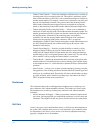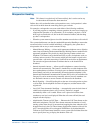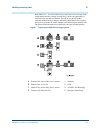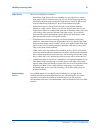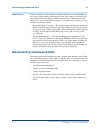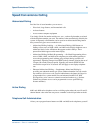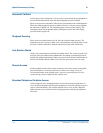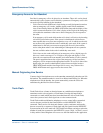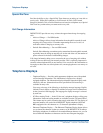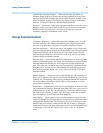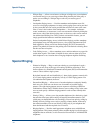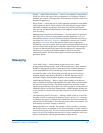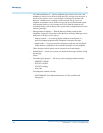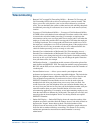
Speed/Convenience Calling B
Overview for Avaya IP600 Internet Protocol Communications Server
555-233-001 — Issue 5 — November 2000
118
Automatic Callback
Allows internal users who placed a call to a busy or unanswered internal telephone to
be called back automatically when the called telephone becomes available.
When a user activates Automatic Callback, the system monitors the called telephone.
When the called telephone becomes available to receive a call, the system originates
the Automatic Callback call. The originating party receives priority ringing. The
calling party then lifts the handset and the called party receives the same ringing
provided on the original call.
Ringback Queuing
Places calls in an ordered queue (first in, first out) when all trunks are busy. The
telephone user who is trying to make a call is automatically called back when a trunk
becomes available, and hears a distinctive three-burst signal when called back.
Last Number Dialed
Allows you to automatically redial the last number dialed. The system saves the first
24 digits of the last number dialed, whether the call attempt was manually dialed or
dialed using Abbreviated Dialing. When you press the Last Number Dialed button or
dial the Last Number dialed feature access code, the system places the call again.
Remote Access
Permits authorized callers from remote locations to access the system via the public
network and then use its features and services.There are a variety of ways of
accessing the feature. After gaining access, you hear a system dial tone, and, for
system security, may be required to dial a barrier code.
Recorded Telephone Dictation Access
Allows telephone users, including Remote Access and incoming tie trunk users, to
access dictation equipment. The dictation equipment is accessed by dialing an access
code or extension number. The start/stop function can be voice or dial controlled.
Other functions such as initial activation and playback are controlled by additional
dial codes.



